
Who knew?!
Our lives are filled with mundane items—the things we use to groom ourselves, dress ourselves, get from place to place, and keep ourselves entertained, informed, and rested. But behind this stuff that we pay very little mind to are some really cool facts and flat-out strange stories. Once you know this surprising trivia, check out these 46 other weird facts that most people don’t know about.
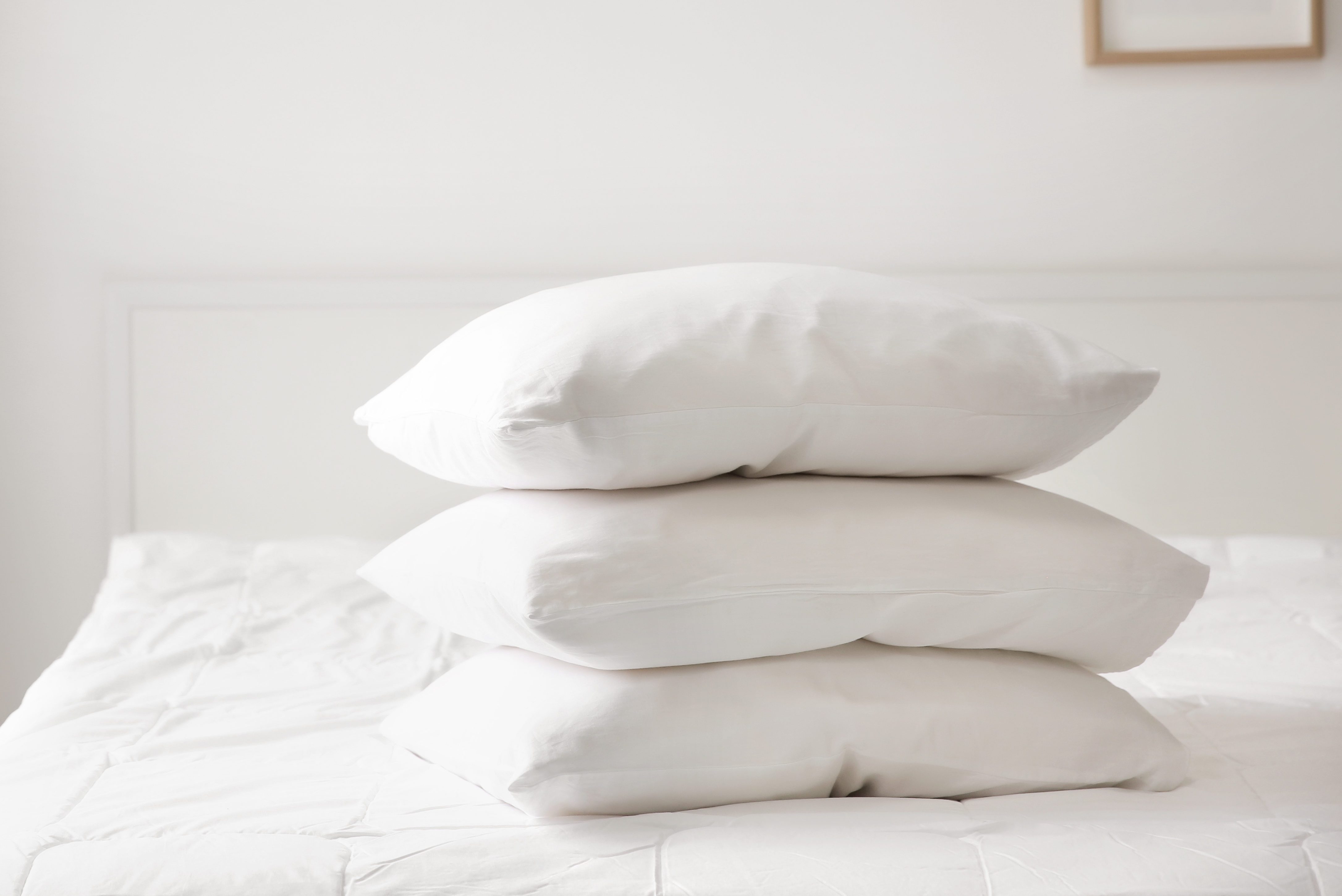
Pillows
Sure, most of us now choose a fluffy or firm fabric rectangle stuffed with feathers or cotton to rest our heads on when it’s time for slumber. But in many ancient cultures, pillows were tall pedestals made of wood, stone, or ceramic. Comfort wasn’t their objective, according to Michael Acton Smith in The Magic of Sleep—keeping bugs out of your mouth was.
Pillows of the extremely firm variety were also once thought to impart brain- and spirit-related benefits. For example, three millennia ago, the Chinese believed jade pillows would boost intelligence. And Egyptians believed that you might be visited by evil spirits as you dreamed, so pillows of marble and ivory were intricately carved with protective images of the gods.
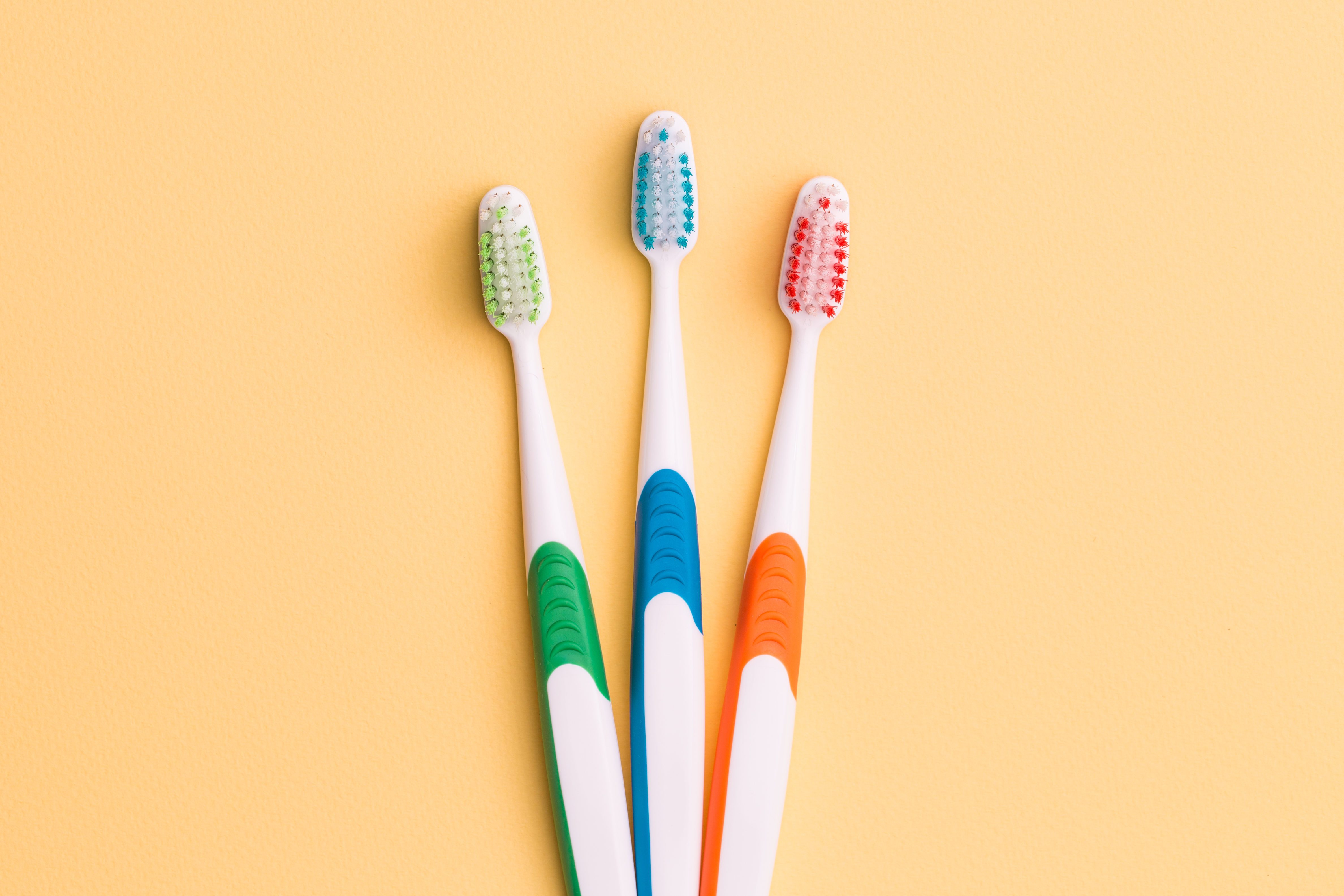
Toothbrushes
Before we had bristles for de-gunking our chompers, humans chewed on a variety of twigs—like neem—to get their mouths minty-fresh. But in the 1400s, someone in China came up with the brilliant idea of attaching stiff boar bristles to a bamboo handle and, voilà, the modern toothbrush was born. Science Illustrated points out that we didn’t stop using boar bristles for our brushes until 1938 when Dr. West’s Miracle Toothbrush introduced nylon bristles for the first (and everlasting) time.
But the activity you’ve been performing at least twice a day since you first grew teeth gets complicated in space. Although the same old bristled toothbrush is the norm up there, astronauts often use toothpaste that comes in tubes with non-detachable caps (to keep them from floating around the craft). And, in fact, everything from the toothbrush to the drink bag has to be bungeed or Velcroed to a surface. With nowhere to spit out, though, some astronauts resort to swallowing the paste, reports The Atlantic. Interested in more cool facts about this final frontier? Astronauts can’t do these 14 normal things in space.
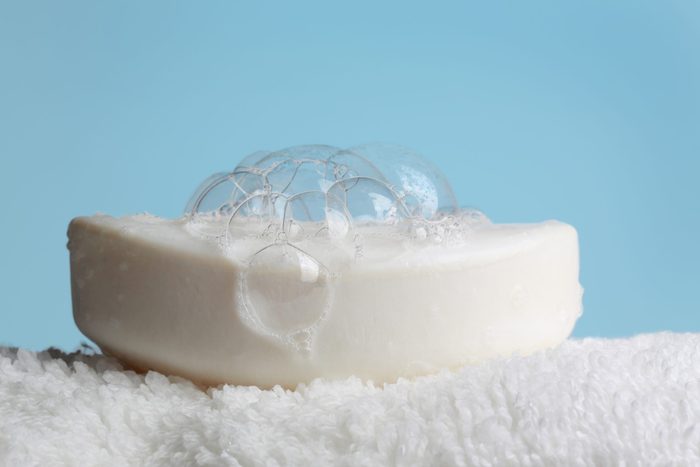
Soap
Maybe you reach for a bar of inexpensive drugstore soap when you hop in the shower. Perhaps you prefer to suds up with something that’s a bit more of a splurge. If you had money to wash down the drain—literally—you could buy a bar of the world’s most expensive soap which, the BBC reported in 2014, is manufactured in Lebanon and costs a whopping $2,800 due to the fact that it’s infused with powdered gold and diamonds. Here are 15 more unreasonably expensive versions of everyday products.
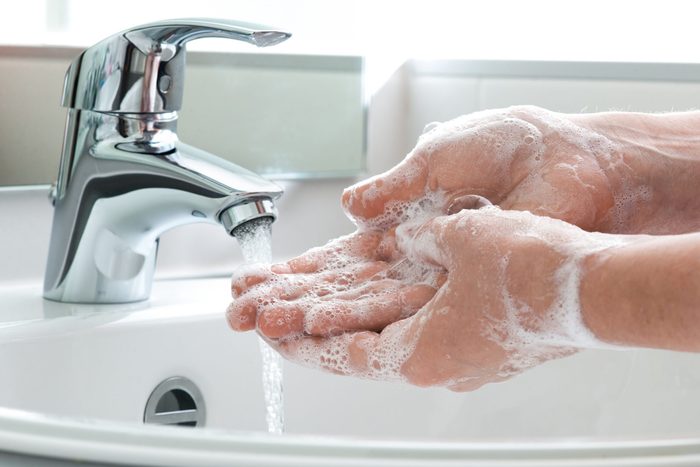
Liquid soap
While early liquid soaps like Palmolive—named for the palm and olive oil it’s made of—contained ingredients similar to bar soap, today’s liquid bath and body cleansers eschew the oil and use petroleum as their base, according to Soap History. They also contain a slew of lathering and cleansing chemicals meant to be easy on the skin. Of course, not all inventions go according to plan. Check out these 13 hilarious inventions that failed spectacularly.
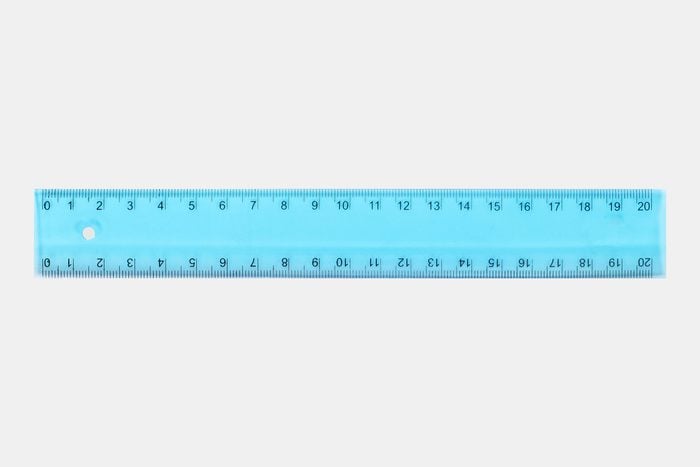
Rulers
We take it for granted that we can grab a ruler and know, in an instant, how many inches an object is. But long ago, people used parts of their bodies to guesstimate how long or wide something was—like a foot, get it? When folks wanted to standardize measurements, they first had to decide on a metric. Hence, says Survey History, a ruler that used as its base one ten-millionth of the distance from the equator to the North Pole—aka one meter. While no one would dispute the usefulness of rulers, these 7 inventors regretted their creations.
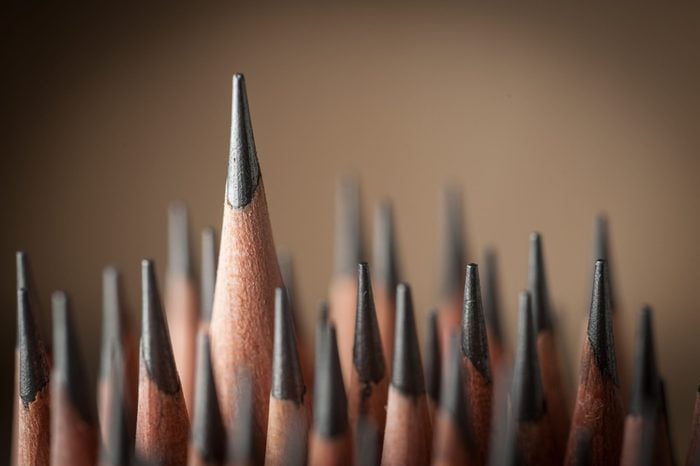
Pencils
You’d think they’d have been made obsolete by the advent of the computer, but pencils are having a heyday. In fact, as CBS 4 Miami reported in 2017, pencil maker Faber-Castell had its best year of sales ever in 2016, and imports of pencils into the United States increased 40 percent between 2015 and 2016. The reason? Experts posit that we really just love to do things by hand, and pencils are the perfect vehicle.
So, who do we have to thank for this great invention? According to Popular Mechanics, the pencil—from the Latin pencillum, meaning “fine brush”—was born when a trove of graphite was discovered under a felled tree in England in the 16th century. It earned the moniker “black lead,” was cut into slivers, wrapped in string, and sold on the street. (And another cool fact: That graphite was also used to make cannonballs.) The most beloved feature of those early pencils? No spilled ink. Here’s more about the pencil’s strange history.
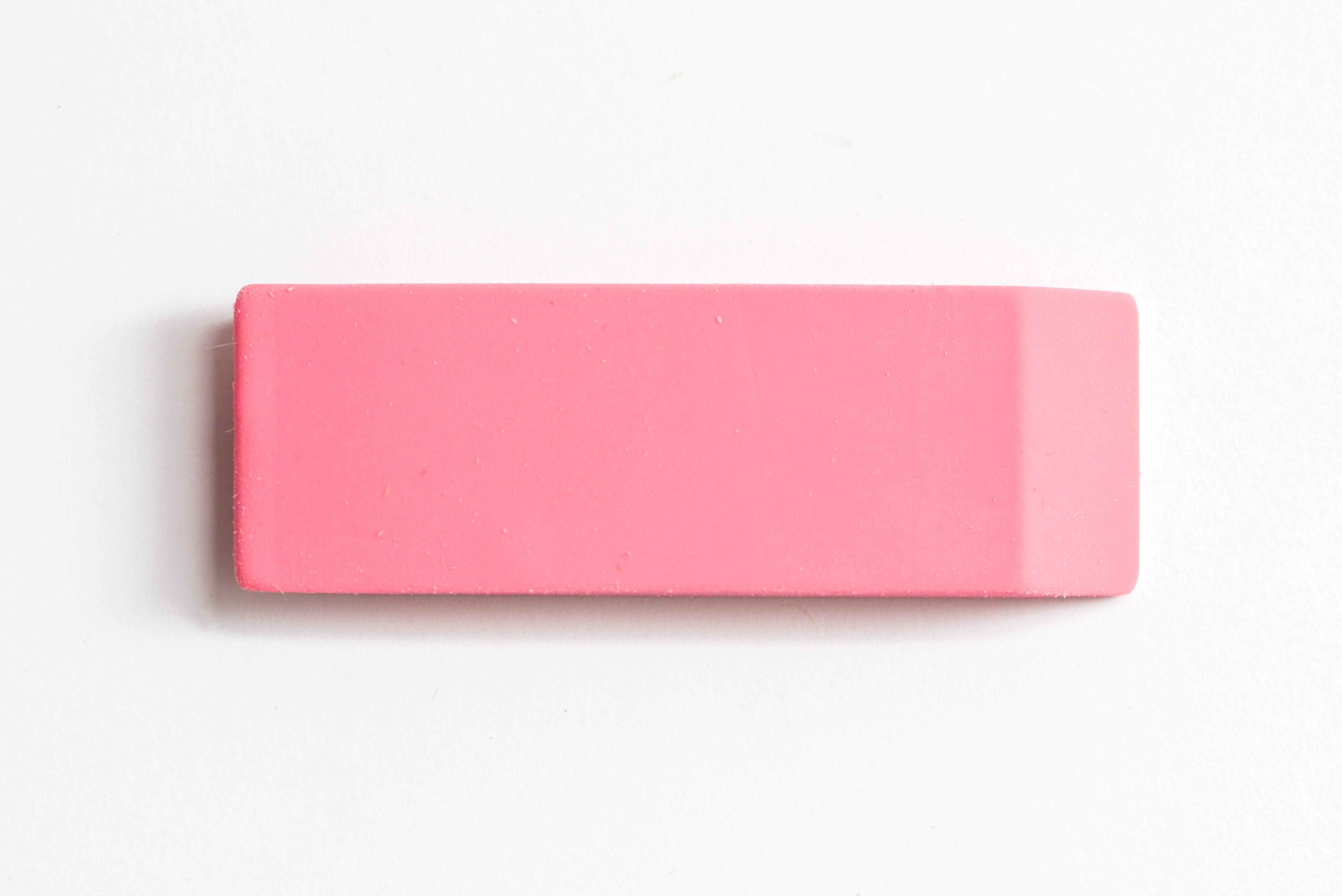
Erasers
It took some 200 years for us to be able to erase errant pencil marks with a rubber eraser. This first happened completely by accident, when an 18th-century British engineer mistakenly picked up a blob of the stuff and rubbed it over the surface of his paper. What did he think he was using, according to The Atlantic? A slice of bread. That’s right—a crustless, damp ball of bread was the preferred method of erasing pencil marks for hundreds of years. Check out these 10 other accidental discoveries that changed the world.
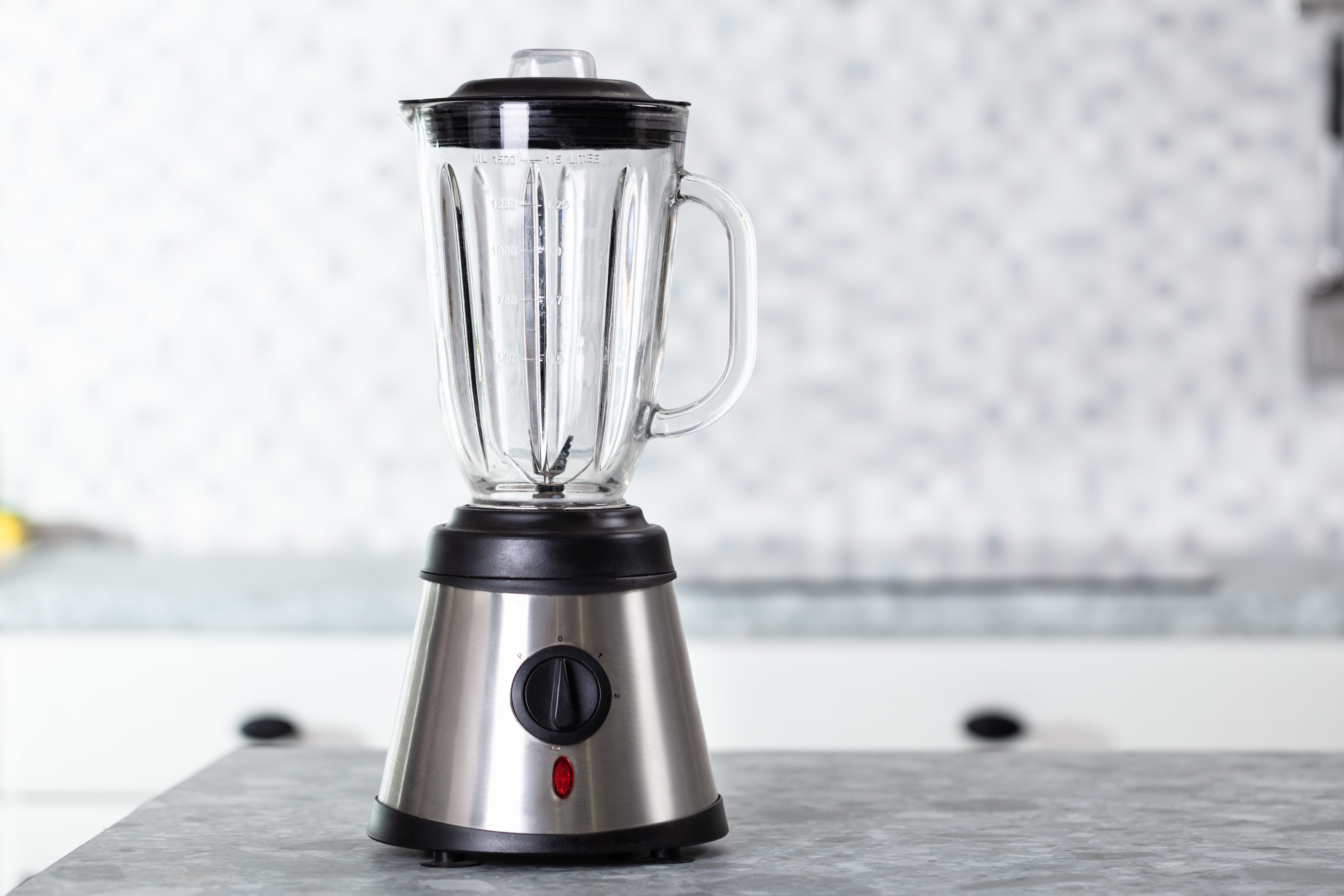
Blenders
Sure, you can toss a banana in there with some yogurt and juice and maybe some protein powder to make a smoothie. When you’re done, though, Apartment Therapy recommends using the blender for another purpose: making silver polish by using the leftover banana peels. Adding just a little water and giving a good, solid whir apparently yields a tarnish-removing paste that will dazzle your dinner guests. Feel free to dazzle them even further with this cool fact about your cleaning DIY. And an FYI: Make sure you never put these 16 foods in your blender.
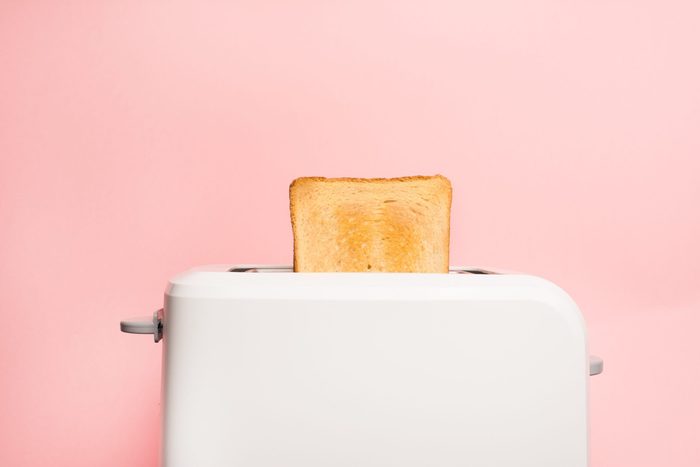
Toasters
Americans like toast—a lot. In fact, 75 million of us apparently eat toast every single day. But it took a while for this appliance to take off after its invention in 1905 (back when it was named El Tosto, reports the Pittsburgh Post-Gazette). The reason? Pre-sliced bread didn’t come along until 1933. By the way, if you happen to have a vintage toaster or any of these other retro items in your kitchen, they might be worth a small fortune.
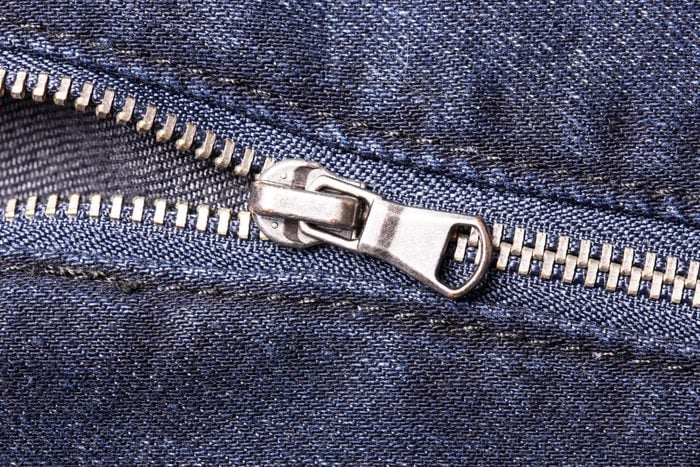
Zippers
Another accident in the history of stuff was the naming of this mundane item that keeps your pants up and your purse closed. Canada’s CBC explains that the zipper was initially called the Hookless Fastener. But when B.F. Goodrich added Fasteners to a line of their boots in 1923, folks started calling them zippers because of the sound they made when they, well, zipped them up.
And while zippers may seem boring and oh-so-obviously necessary today, in the early years after their invention, they caught flack for their moral turpitude. They were used for closing up bags containing tobacco, and American prudes also complained that zippers made taking off your pants way too easy. (Like that’s a bad thing!) By the way, this is why almost all of your zippers have the letters “YKK” on them.

Vitamins
The history of the pills we take for wellness is long and complicated, but here’s a cool fact that’s surprisingly simple: It starts with the alphabet. In the early 20th century, scientists were just discovering so-called deficiency diseases. In determining what “vitamines” led to these deficiencies, those scientists named them in the order they discovered them—A, B, C, D, and so forth. Why do we have so many Bs? It took us a while to discover overlaps in their properties and to reclassify them, according to Gizmodo.
Once upon a time, any snake-oil salesman could pass off vitamin-free health supplements to a gullible public…and sometimes they still do. Regulation happened slowly over decades (the FDA didn’t even open a lab in order to study vitamins until 1931). But Gizmodo points out that today we understand enough about the link between vitamins and health to have discovered that 75 percent of American kids are vitamin D deficient, 30 percent of the world population is iron deficient, and 80 percent of American girls are calcium deficient. Just make sure you know which vitamins can be a total waste of money—and could even be dangerous.
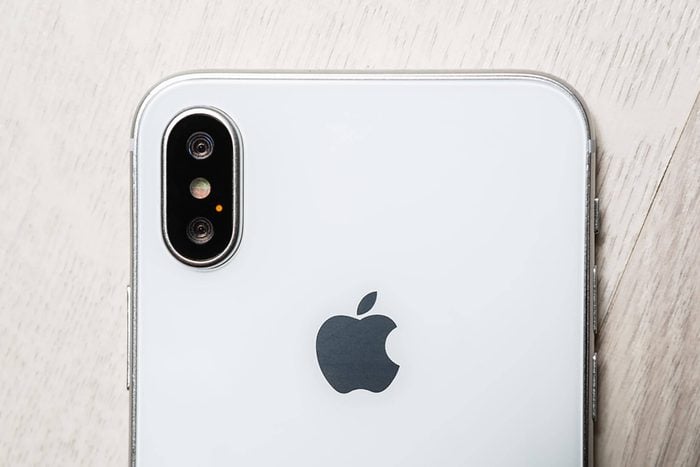
Camera phones
We don’t have Bill Gates to thank for this techy invention. In fact, its origins go back to the 1990s, when NASA developed the technology for them so that astronauts would have a low-energy, high-res way to take images of space from space, says USA Today.
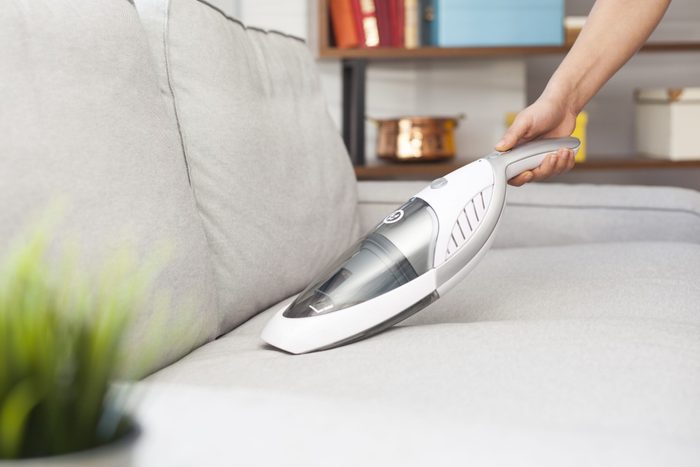
Dustbusters
A similar origin story applies to the Dustbuster, which NASA developed with Black & Decker all the way back during the Apollo missions in the 1960s and ’70s. But this gizmo wasn’t intended to help astronauts keep a tidy ship—it was meant to let them vacuum up rock samples in space. For more cool facts, check out these other everyday items you had no idea were invented by NASA.
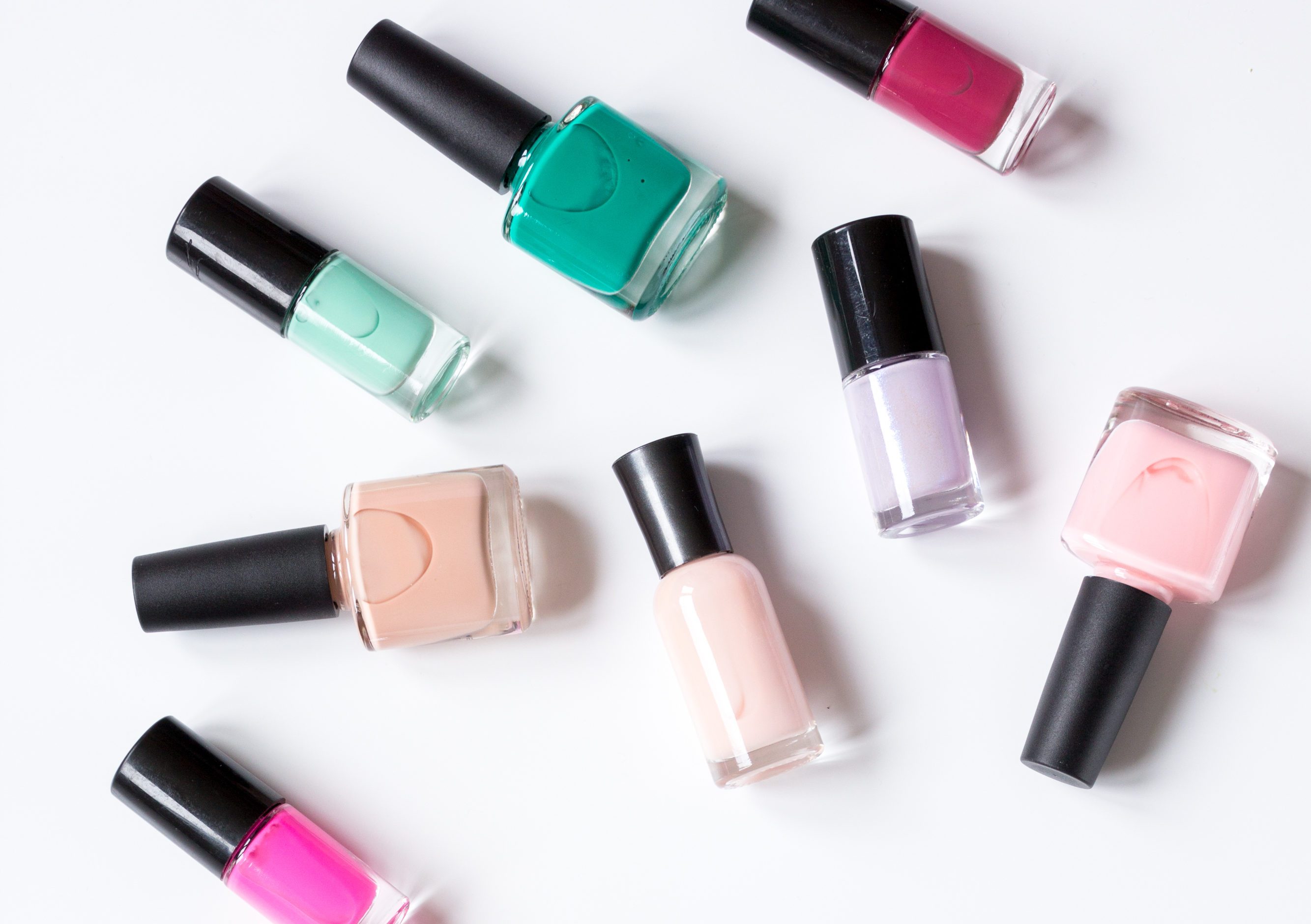
Nail polish
The next time you’re inclined to complain about the cost of a mani-pedi at your local salon, consider that thousands of years ago, ancient Babylonians—men, and warriors at that—had their nails done with solid gold tools. Their color choice (black) was meant to instill fear in their enemies in battle, notes Mental Floss.
Ancient Egyptians, however, used nail polish as a way to signal their societal ranking, according to Good Housekeeping. Lower classes were stuck with nude and light-colored shades, while the wealthy and important availed themselves of the now-classic red. Nefertiti was apparently a fan of ruby tones. Does your nail polish color say something revealing about you?
And while the first nail polishes were made of egg whites and other all-natural pantry items, today’s lacquers have a somewhat less wholesome origin: paint for automobiles. Mental Floss reveals that a makeup artist in the 1920s, who worked for the company now known as Revlon, adapted the car paint to develop a colorless enamel that was apparently a hit with flappers.
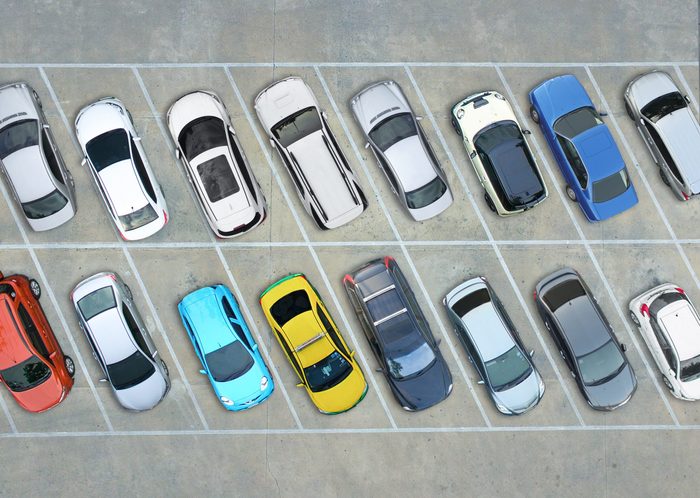
Cars
Sustainability is a buzzword everywhere these days, and many people are talking about the need to scale back on auto emissions. Engineers of the 1960s were already thinking small, with tiny vehicles like the three-wheeled Peel P50, which was once certified by the Guinness Book of World Records as the smallest car made. At 54 inches and 130 pounds, it proved that small could be…very small. Sadly, reports of its miles-to-the-gallon have been lost to time. Next, check out the most famous invention from every state.
